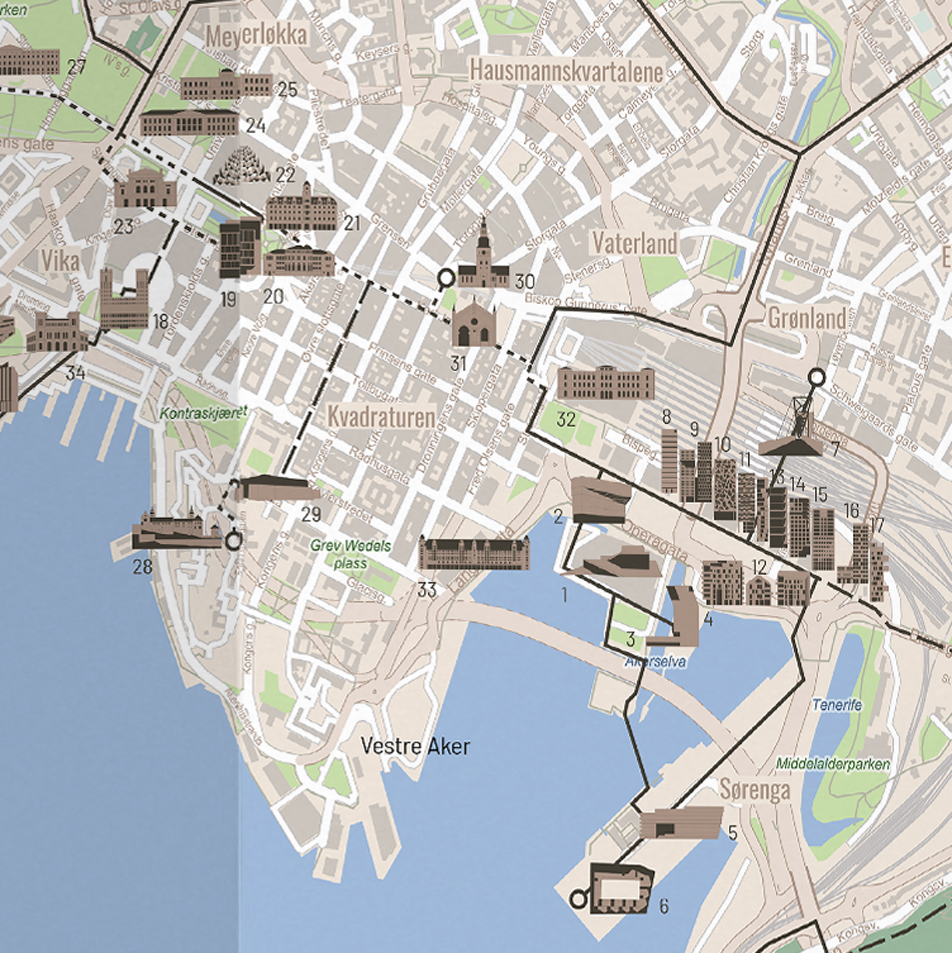ÅVONTUURA is excited to announce the launch of its Architecture Guide to Oslo; the 24th guide in our Wandering Series.
Founded in the 11th century, Oslo’s built environment has been shaped by centuries of historical events and cultural influences, seen through its medieval stave churches and the imposing Akershus Fortress. As the city grew, its architecture mirrored the shifts in society and the emergence of Norway’s national identity, blending traditional wooden houses with monumental public buildings, each telling a story of Oslo’s past and its people.

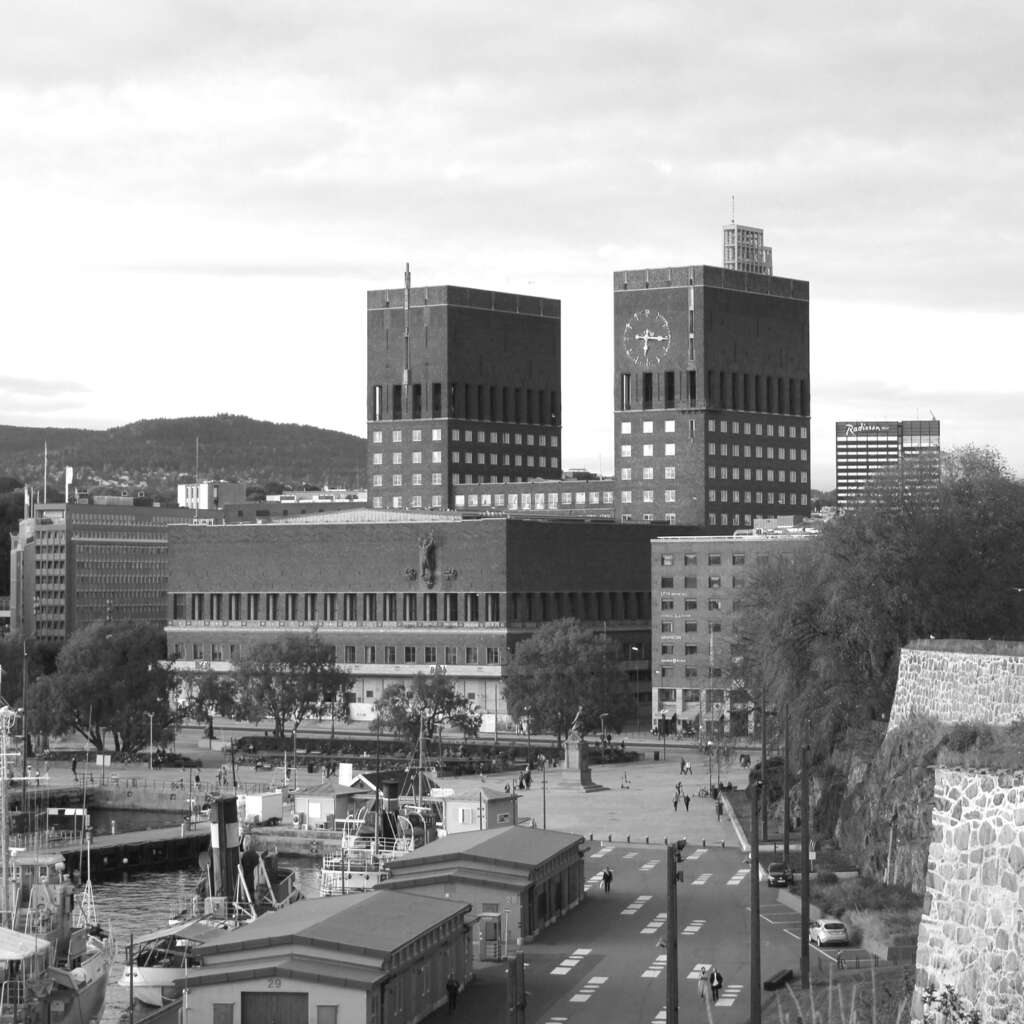
Scandinavian modernism found fertile ground in Oslo during the early 20th century, as the city experienced a building boom and embraced new architectural ideas. Rather than a strict break from the past, Norwegian modernism was characterized by a pragmatic and collaborative approach, integrating functionalism with local traditions and materials. This period produced iconic structures such as the Oslo Rådhus (City Hall), completed in 1950, which stands as a monumental symbol of Norwegian culture and democracy. With its robust red brick façade and richly decorated interiors featuring frescoes and woodwork, the Rådhus not only hosts the Nobel Peace Prize ceremony but also embodies the spirit of Scandinavian modernism—combining social ideals, artistry, and a sense of place.
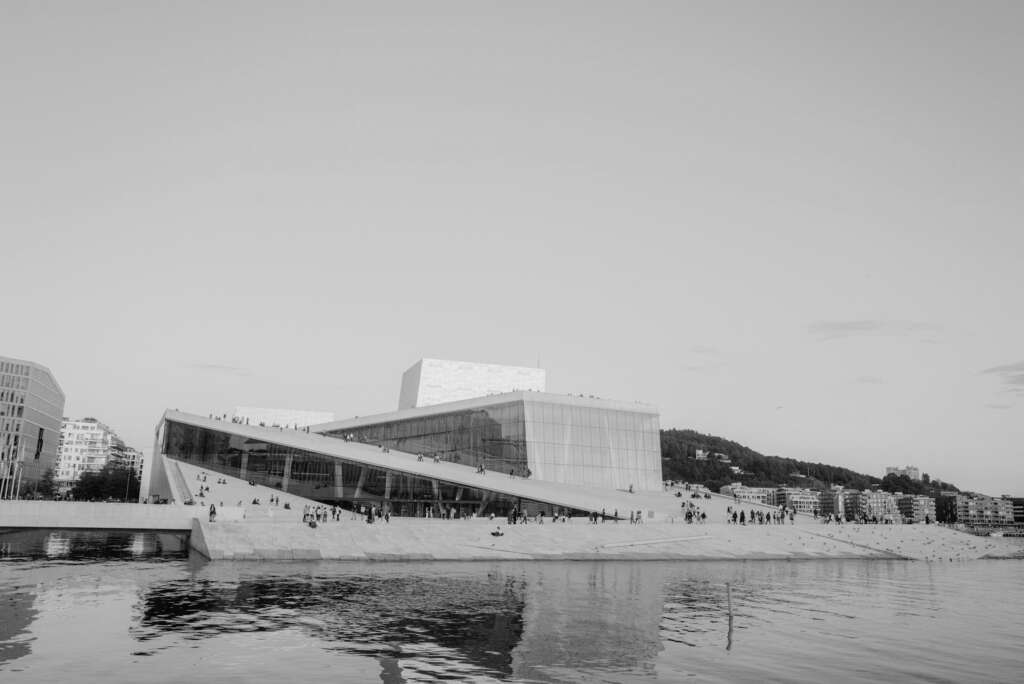
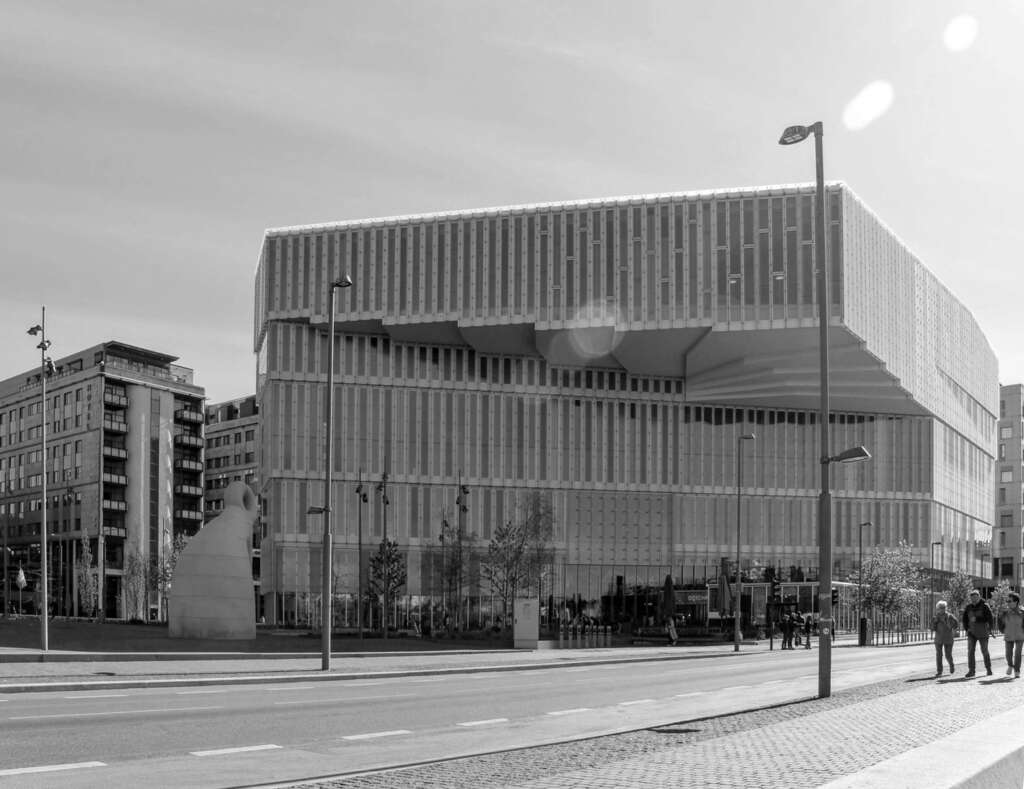
Contemporary architecture in Oslo is defined by innovation, openness, and a seamless dialogue between city and nature. The Oslo Opera House, designed by Snøhetta and completed in 2008, is a striking example: its angular, white marble form rises from the fjord, inviting the public to walk on its roof and experience the city from a new perspective. Nearby, the Deichman Bjørvika Library offers a light-filled, flexible space designed for community engagement and learning, while the new Munch Museum provides a dramatic, vertical showcase for the works of Edvard Munch, anchoring Oslo’s waterfront as a hub for art and culture. Together, these buildings highlight Oslo’s commitment to architectural excellence, sustainability, and public life, making the city a dynamic showcase for both its heritage and its future.
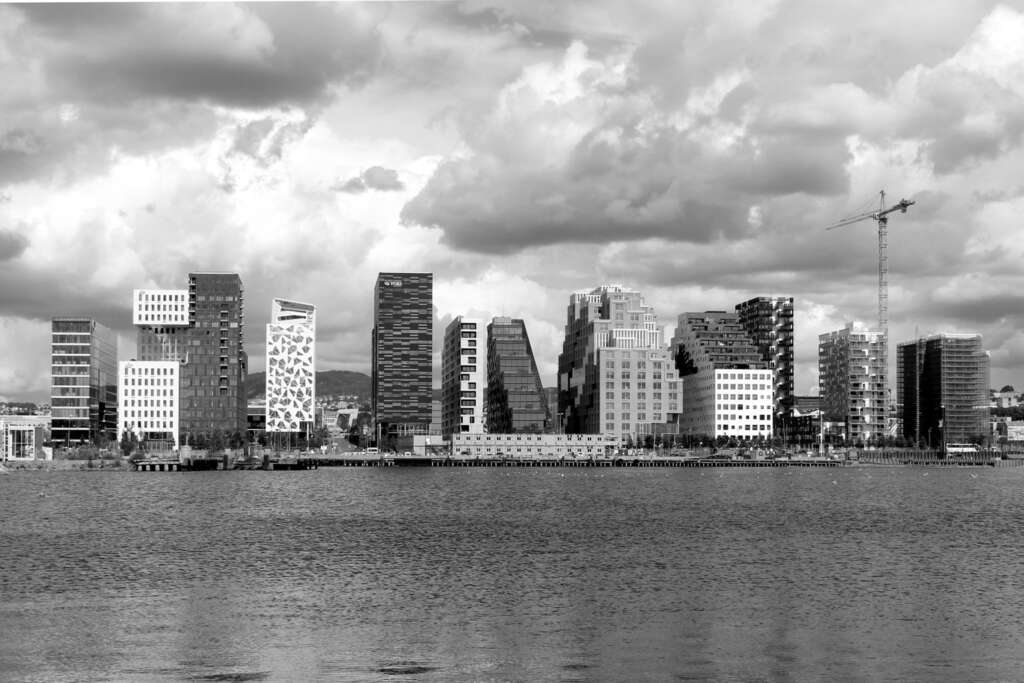
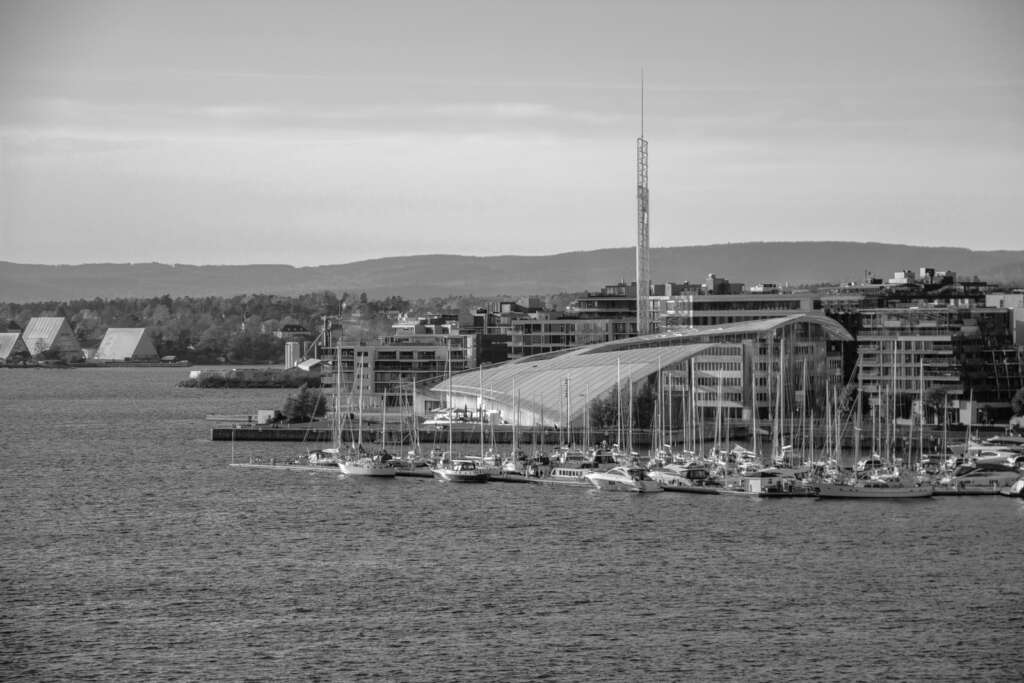
This thoroughly researched architecture guide is a must-have for architecture enthusiasts of all ages. It makes travel planning effortless and boasts an up-to-date curated list of buildings not found anywhere else; the perfect pocket-companion for your next trip abroad.
Guide Features
1. The cover features a unique architectural icon that celebrates a local project and is illustrated as a wandering path, capturing the joy of architecture and discovery.
Cover Illustration: Oslo Opera House by Snøhetta
2. A map identifying the general locations of the buildings, major and medium-sized road networks,
urban areas, watersheds, parks and other natural features.
3. A Recommended Route identifying a must-see network of buildings and landmarks, with dashed
lines indicating routes for contemporary, modern and historical interests.
4. A Legend of selected architectural projects featuring beautifully detailed building icons, the name of
the architect(s) / designers involved, and an address for where it can be found.
5. QR code connecting you to our digital guide with pinned locations and directions in Google Maps.



